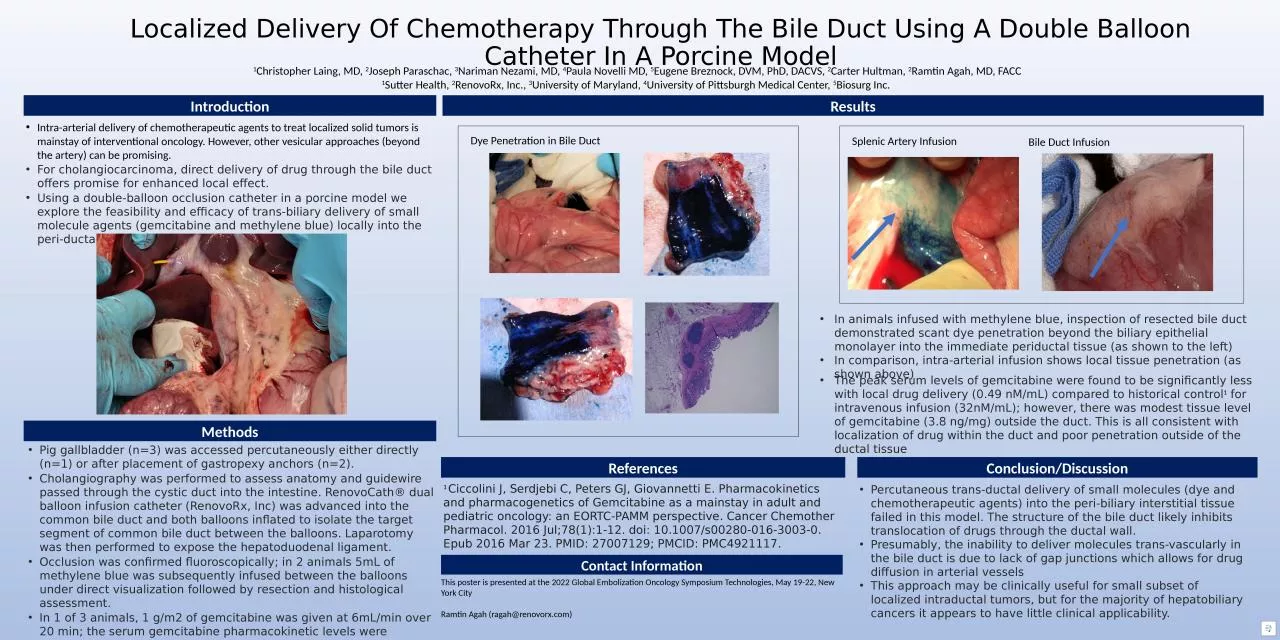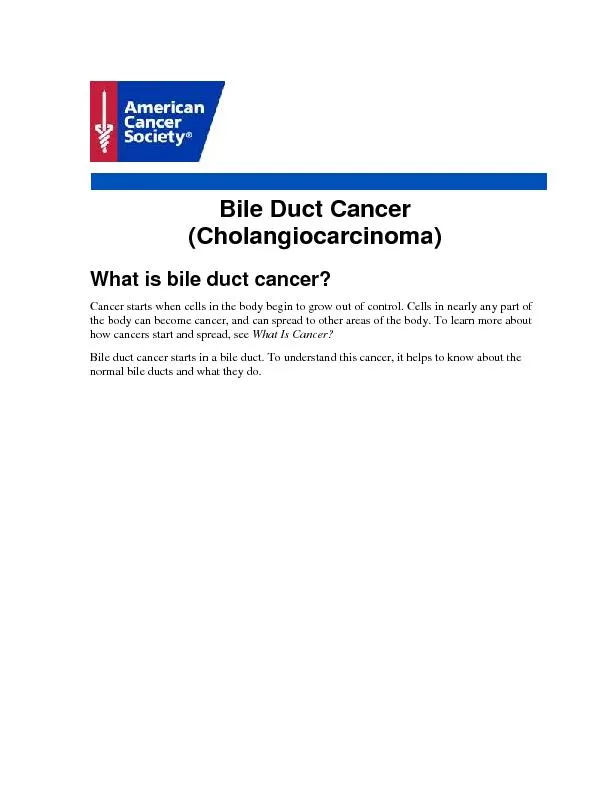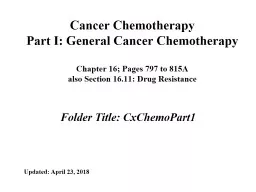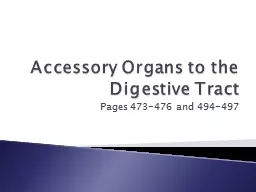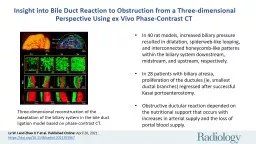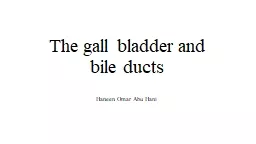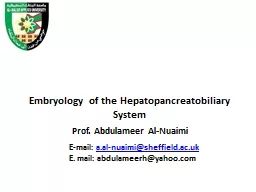PPT-Localized Delivery Of Chemotherapy Through The Bile Duct Using A Double Balloon Catheter
Author : rosemary | Published Date : 2024-01-29
1 Christopher Laing MD 2 Joseph Paraschac 3 Nariman Nezami MD 4 Paula Novelli MD 5 Eugene Breznock DVM PhD DACVS 2 Carter Hultman 2 Ramtin Agah MD FACC
Presentation Embed Code
Download Presentation
Download Presentation The PPT/PDF document "Localized Delivery Of Chemotherapy Throu..." is the property of its rightful owner. Permission is granted to download and print the materials on this website for personal, non-commercial use only, and to display it on your personal computer provided you do not modify the materials and that you retain all copyright notices contained in the materials. By downloading content from our website, you accept the terms of this agreement.
Localized Delivery Of Chemotherapy Through The Bile Duct Using A Double Balloon Catheter: Transcript
Download Rules Of Document
"Localized Delivery Of Chemotherapy Through The Bile Duct Using A Double Balloon Catheter"The content belongs to its owner. You may download and print it for personal use, without modification, and keep all copyright notices. By downloading, you agree to these terms.
Related Documents

